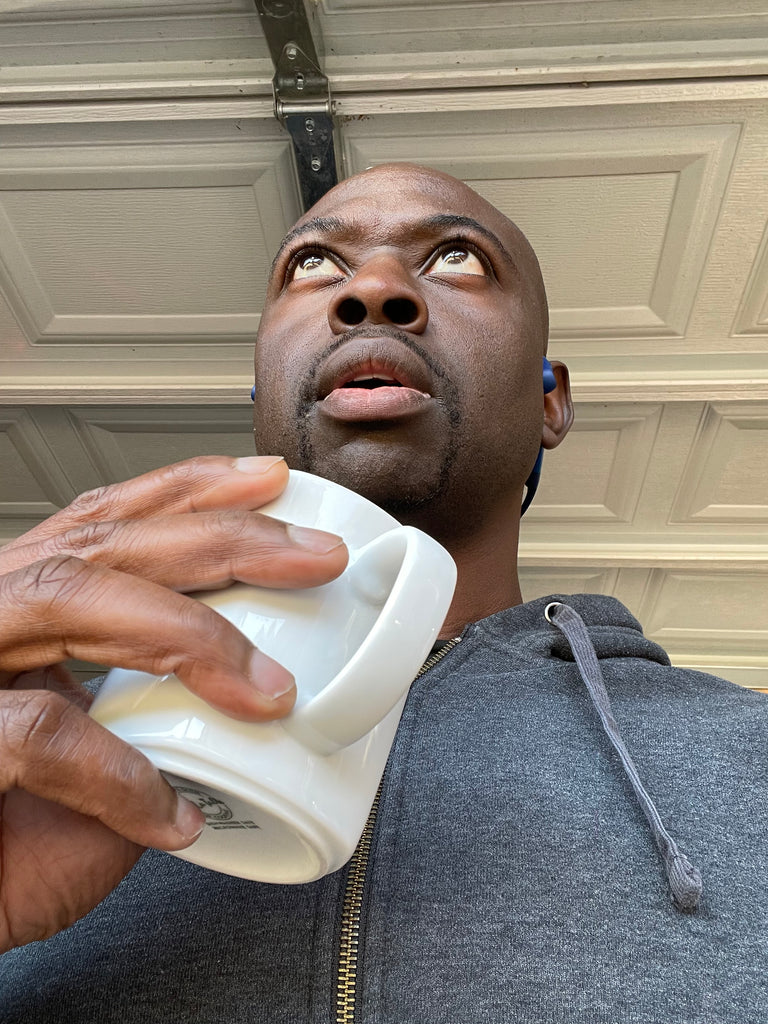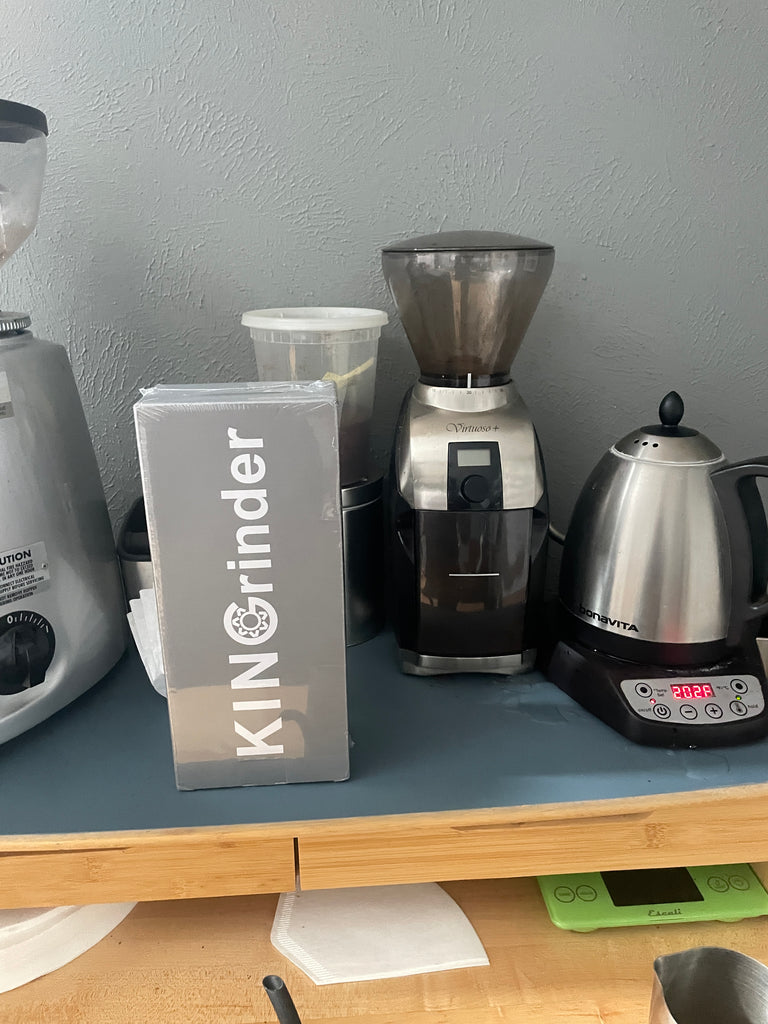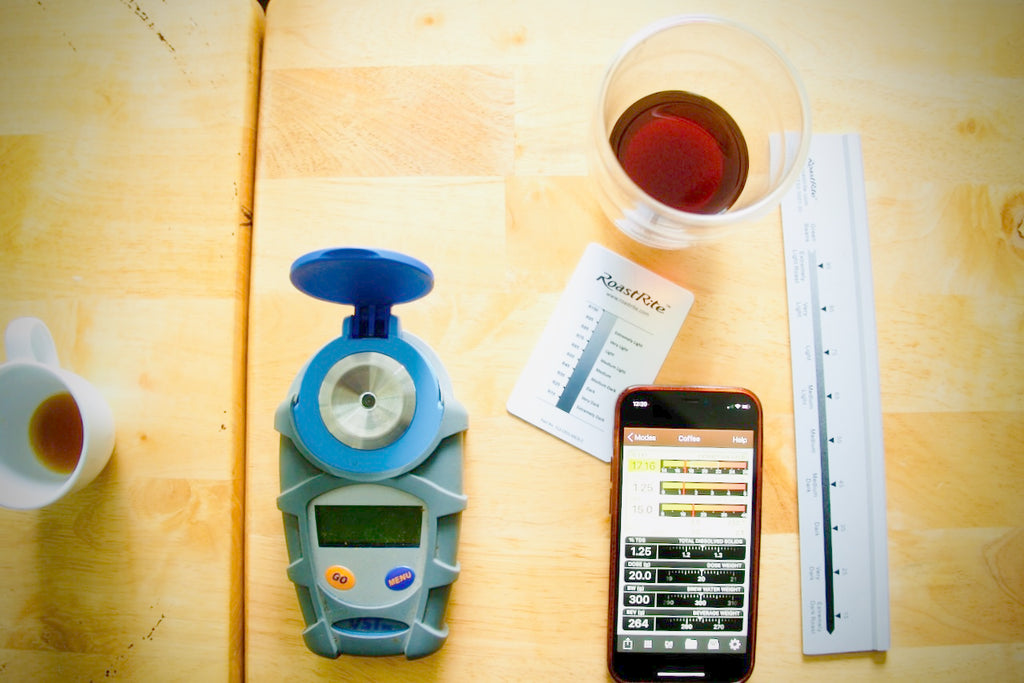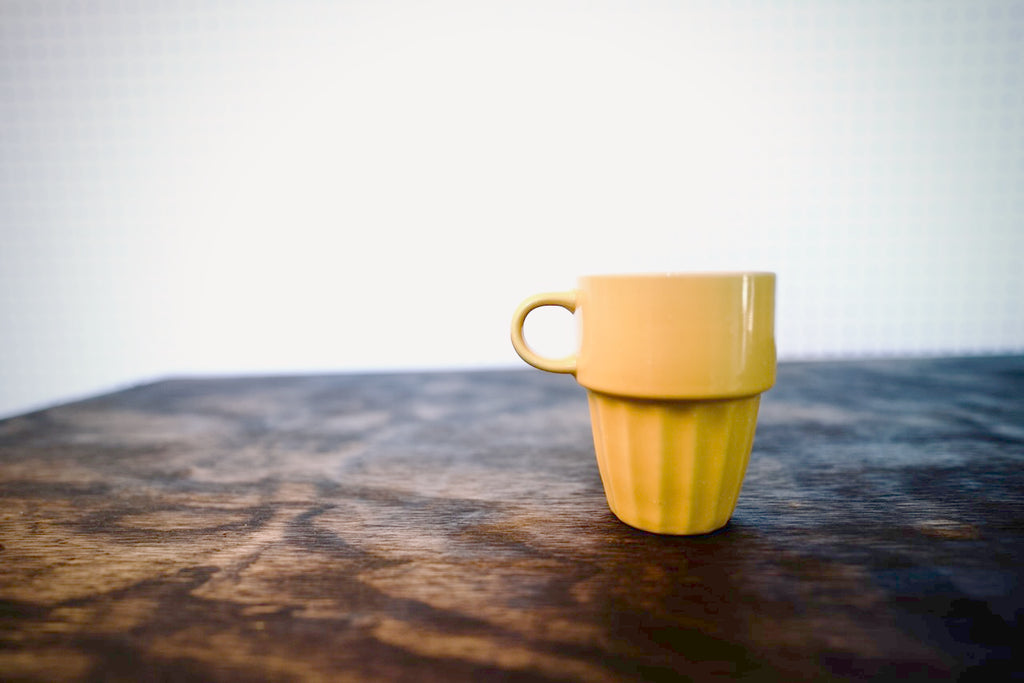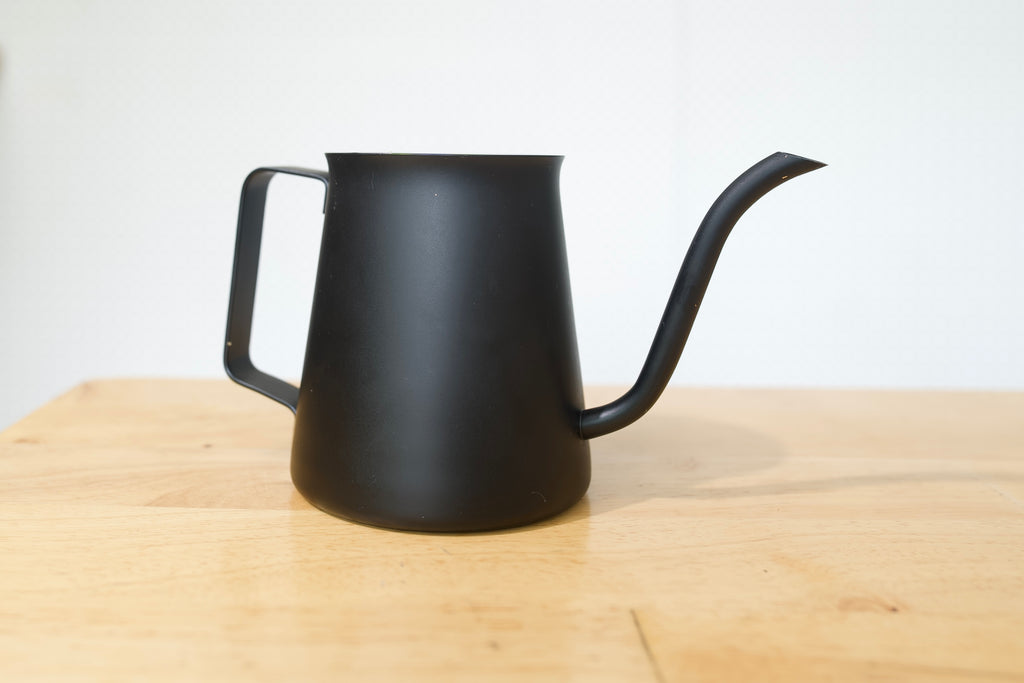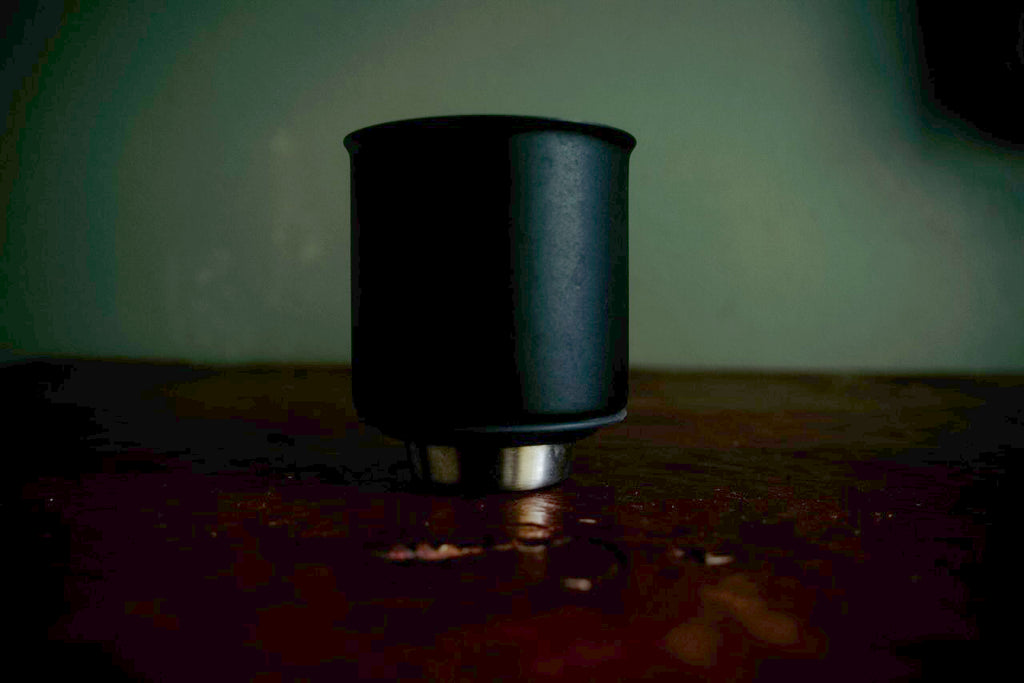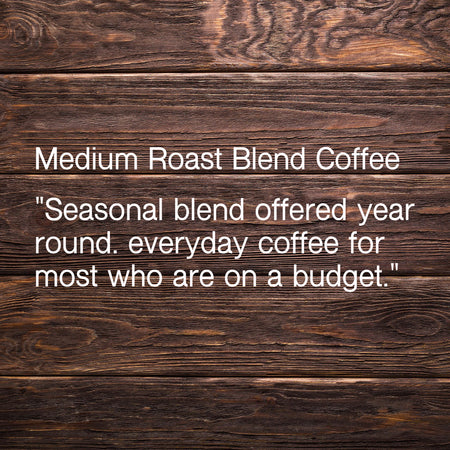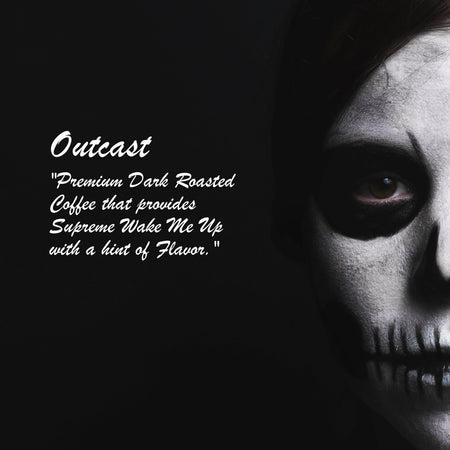As a coffee roaster and enthusiast, I've spent countless hours experimenting with various brewing methods, grinders, and beans. Recently, I've stumbled upon a revelation that has transformed my approach to coffee brewing: every recipe works. This might sound counterintuitive, but let me take you on a journey through the fascinating world of adaptable coffee brewing.
The Grinder Experiment
For the past few days, I've been using a Kent grinder, and it's been a game-changer. What's interesting is that I've been keeping the grind size constant for most of my brews. You might think this would lead to inconsistent results across different roasts and brewing methods, but that's where the magic of coffee adaptation comes in.
The 1:15 Ratio Sweet Spot
My go-to ratio is 1:15 (coffee to water), which I find offers an excellent balance of strength and clarity. This ratio allows me to decipher the intricate flavors in the coffee while still enjoying a full-bodied cup. However, the beauty of coffee brewing lies in its flexibility.
Adapting Your Brew
Sometimes, even with a perfect ratio, you might find your coffee isn't hitting the spot. Instead of immediately changing the grind size, consider adjusting other variables:
- Water amount: A slight increase or decrease can significantly impact extraction.
- Brewing method: Switch between pour-over, French press, or AeroPress to see how it affects the flavor.
- Pouring technique: Experiment with slow vs. fast pours to alter extraction time.
- Filters: Try different filter types (paper, metal, cloth) to change the body and clarity of your brew.
The Importance of Equipment
While high-end grinders like the EK43 have their place, it's fascinating how much you can achieve with simpler tools when you understand how to use them effectively. The Kent grinder, for instance, has shown me that you don't always need to spend thousands to get a great cup. It's about understanding your equipment and how to manipulate other variables to achieve your desired taste.
The Solitary Art of Coffee Brewing
Coffee brewing, especially in the morning, is often a solitary activity. It's just you, your equipment, and the beans. This solitude provides a unique opportunity for experimentation and reflection. Each brew becomes a mini-experiment, a chance to tweak and perfect your technique.
But don't forget, coffee is also a communal experience. We share our discoveries, our perfect brews, and even our spectacular failures. It's this combination of personal exploration and shared experience that makes the coffee community so vibrant and exciting.
Embracing Imperfection
Perhaps the most liberating aspect of this "every recipe works" philosophy is the permission it gives you to embrace imperfection. Not every cup will be perfect, and that's okay. Each brew, whether it's a hit or a miss, is an opportunity to learn and refine your technique.
The Joy of Discovery
As you embark on your coffee journey, remember that the goal isn't just to make a perfect cup (though that's certainly nice!). The real joy comes from the process of discovery. Each day brings a new opportunity to explore the nuances of your favorite beans, to push the boundaries of your brewing skills, and to deepen your appreciation for this complex and fascinating beverage.
In Conclusion
The world of coffee is vast and complex, but it doesn't have to be intimidating. By understanding that every recipe has potential, you free yourself to experiment, learn, and most importantly, enjoy the process. So the next time you're brewing your morning cup, remember: trust your palate, be willing to adapt, and above all, savor the journey. After all, in coffee as in life, it's not just about the destination, but the path we take to get there.

